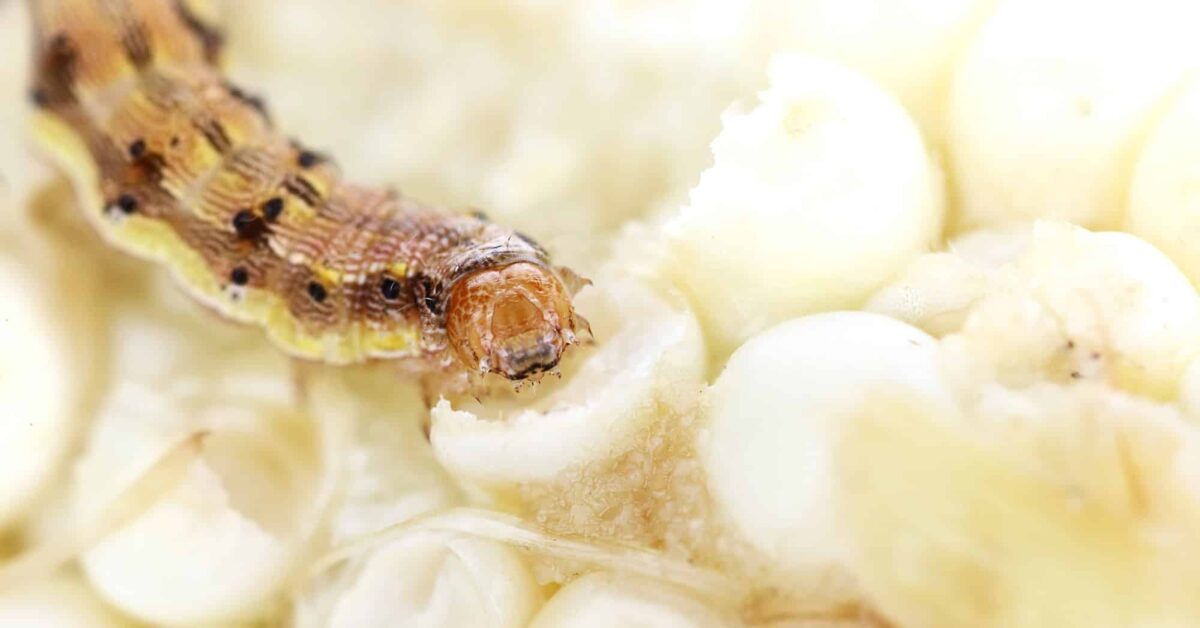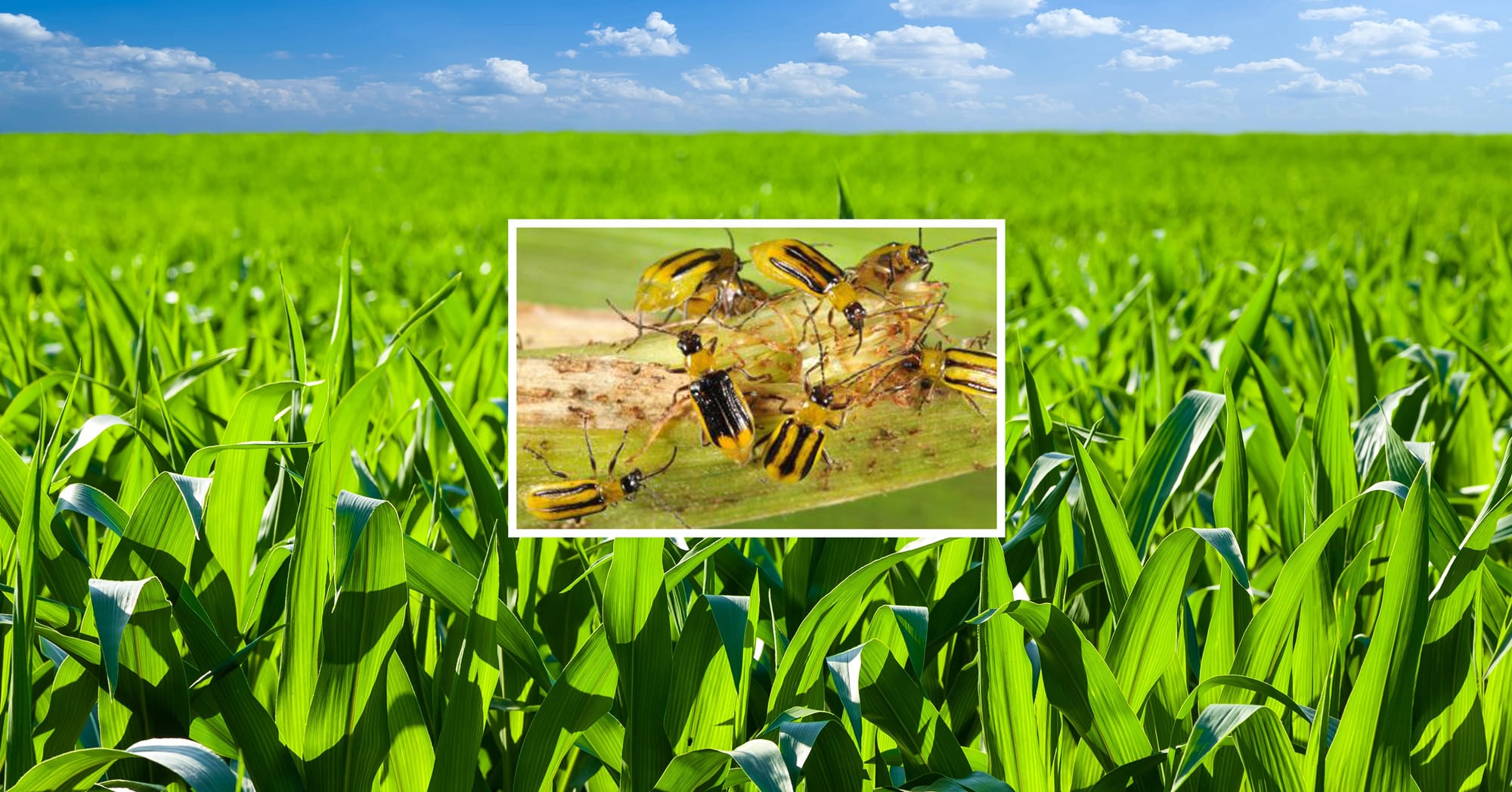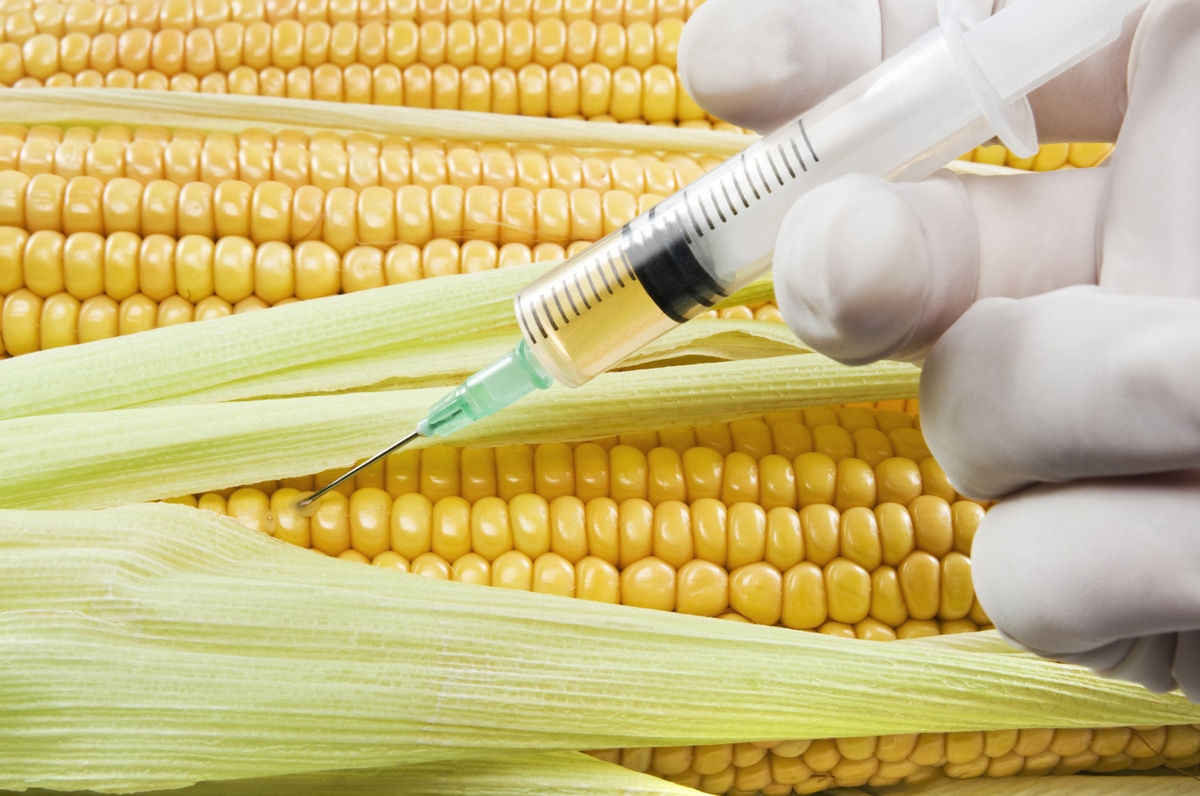

GM Bt corn fails against target pest in US
by Claire Robinson | Jul 24, 2024
GM Bt corn is failing in the US and yields are no better than non-GM corn, according to a report in the US’s mainstream agricultural press written by North Carolina State University professor and extension specialist, Dominic Reisig.
Prof Reisig says that the corn earworm pest has become resistant to the Bt insecticidal (“Cry”) toxins in GM Bt corn. GM Bt corn was engineered to kill the pest – but, Prof Reisig says, “We have documented corn earworm resistance to all hybrids with Cry toxins since 2016 – eight years now. During that year, we observed unexpected injury to Bt corn and recommended growers spray Bt cotton” with chemical insecticides.
Prof Reisig adds that corn varieties containing VIP toxins, another form of genetically engineered insecticide, are still effective against the pest – though GMWatch points out that a paper published in 2021 documented signs of resistance in the pest to these toxins too. It’s only a matter of time before this resistance becomes widespread and GM Bt corn becomes completely redundant.
Non-GM corn yields just as well
Contrary to boosterish claims by GMO proponents, Prof Reisig also notes that GM Bt corn doesn’t produce higher yields than non-GM corn: “We have many many lines of evidence that timely planted non-Bt refuge hybrids can yield as well as Bt hybrids. Recently, we put them in the OVTs [Official Variety Trials] and you can read about their performance… We also completed a large on-farm project with a graduate student. We planted and harvested large plot strips of Bt and non-Bt hybrids using grower equipment across the state (around 60 sites over 2 years). We found expected levels of corn earworm feeding and Bt and non-Bt hybrid pairs (similar genetic background) yielded equally.
“In addition, past publications from small plots have shown the same result. These studies were from Alabama, South Carolina, North Carolina and the Midsouth. Timely planted Bt and non-Bt hybrids from similar genetic backgrounds yield the same.”
Prof Reisig concludes, “Growers should plant the best yielding corn hybrids for their farm, whether they are Bt or non-Bt.”
Refuge-in-a-bag “accelerates resistance”
For many years, it was believed that pest resistance to Bt toxins could be delayed or avoided by a strategy called “refuge-in-a-bag“. This has also often been called the “seed blend” or “seed mixture” strategy. For this strategy, a defined percentage of non-Bt corn seeds are mixed with Bt corn seeds in each bag by seed companies prior to being sold to farmers. The idea is that the non-Bt corn plants will allow a a Bt toxin-susceptible population of the insect pest to be maintained and mate with the Bt-resistant insects, leading to Bt-susceptible offspring.
However, Prof Reisig says, “Refuge in a bag actually accelerates resistance. We recently demonstrated that selecting for resistance can occur within a single generation when corn earworm feed on refuge-in-a-bag corn.”
Instead, Prof Reisig says, in an attempt to “slow resistance” in pests – not prevent it – North Carolina growers that plant Bt corn must plant at least 20% of their corn acres to non-Bt hybrids. But, he points out, growers can save money buying non-Bt seed compared to Bt hybrid seed, as it’s cheaper.
Misleading meta-analysis
GMO advocates such as the GMO industry-funded Genetic Literacy Project often point to the meta-analysis by Pellegrino et al, which states that over 20 years of data confirm that GM corn increases yields. However, much of the field data used in the meta-analysis dates from the early 2000s, before pest resistance to Bt toxins kicked in.
Also, the meta-analysis authors focus on comparisons between GM corn and its closest non-GM relative (the near isogenic line). While this practice tells us what effect the genetic modification had on the yield of any given variety, it doesn’t tell us how the yields of GM corn compare with yields of the non-GM varieties that are actually planted by farmers. Non-GM isogenic lines of GM varieties are often not the best performing varieties – they are just the lines that genetic engineers found amenable to genetic manipulation. Farmers who witnessed the early Bt corn trials have told GMWatch that the isogenic varieties planted alongside the Bt varieties were outdated poor performers that farmers would never plant – thus “making the GM variety look good”.
A more realistic picture of the yields of GM versus non-GM corn is given in a 2013 study by Heinemann et al, based on yields reported to the Food and Agriculture Organisation (FAO). The study found that the combination of non-GM seed and management practices used by Western Europe was increasing maize yields faster – with less pesticide use – than the GM-led package chosen by the US. An updated analysis of FAO data by the New York Times in 2016 confirmed Heinemann et al’s findings.
No reason to plant GM corn
Given the problem of pest resistance, the lack of a yield advantage, and the higher price, there appears to be no reason at all to plant GM Bt corn and every reason to favour non-GM corn.
Professor of entomology Chris DiFonzo of Michigan State University has compiled a chart showing which Bt corn varieties could have resistant earworm populations. Spoiler: There are a lot. It makes sobering reading for any GMO enthusiast.





0 Comments